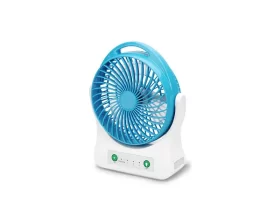Are you a budding producer? Or maybe you just love making and listening to music.
Music enthusiasts often have a long and expansive wish list when it comes to instruments and equipment. When it comes down to it, no piece of equipment is more valuable than a great microphone. With all the options, though, it can be difficult to determine which microphone is right for you.
So, how do you find the best mic for your home studio? Read on to see our guide to looking for the best one for producing music at home!
Frequency Response
The frequency response is important to consider because you want to make sure that the mic can pick up the frequencies that you want to record.
A mic with a wider frequency response will pick up more frequencies, while one with a narrower frequency response will only be able to pick up a limited range of frequencies.
If you’re a beginner and going into digital audio workstations, you may check these Ableton live shortcuts.
Directionality
When learning how to make music at home, one should know that there are three main types of microphone polar patterns: omnidirectional, cardioid, and bidirectional. Each has its advantages and disadvantages that you should take into account.
Omnidirectional Mics
Omnidirectional mics pick up sound equally from all directions. This makes them ideal for capturing the natural ambiance of a room but they are also more prone to picking up unwanted noise from outside the recording area.
Cardioid Mics
Cardioid mics are more directional, picking up sound primarily from the front and rejecting noise from the sides and rear. This makes them a good choice for recording vocals and instruments in a controlled environment but they can sound unnatural in a room with good acoustics.
Bidirectional Mics
Bidirectional mics pick up sound from the front and rear but reject noise from the sides. This makes them ideal for recording two people at the same time, such as in an interview but they can also pick up sound from behind the mic, so you need to be careful of placement.
Sensitivity
The sensitivity of a microphone is a measure of how much the output voltage of the mic changes in response to a given set of sound pressure levels.
Microphones with high sensitivities require less sound pressure to produce a given output voltage, while microphones with low sensitivities require more sound pressure. The unit of measurement for sensitivity is the decibel (dB).
The higher the sensitivity of a mic, the more sensitive it is to sound pressure. This can be both a good and a bad thing. On the one hand, you don’t need to yell into a high-sensitivity mic to get a good recording; on the other hand, any background noise will also be picked up more easily.
Dynamic Range
A microphone’s dynamic range is the difference between its lowest and highest acceptable sound levels. The one with a good dynamic range will be able to capture both very soft and very loud sounds without distorting. Look for music recording equipment with a dynamic range of at least 20dB.
The Best Mic Will Help You Sound Better
When it comes to choosing the best mic for at-home music production, the best option is to go with something that is versatile and can be used for a variety of purposes.
Whatever mic you choose, make sure to test it out and see how it sounds with your particular setup before you commit to using it.
If you think this article has helped you, check out our other blogs!







